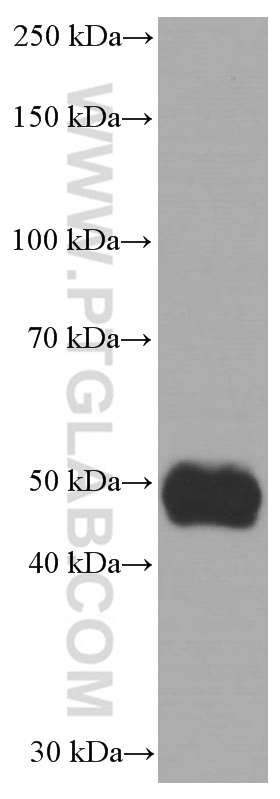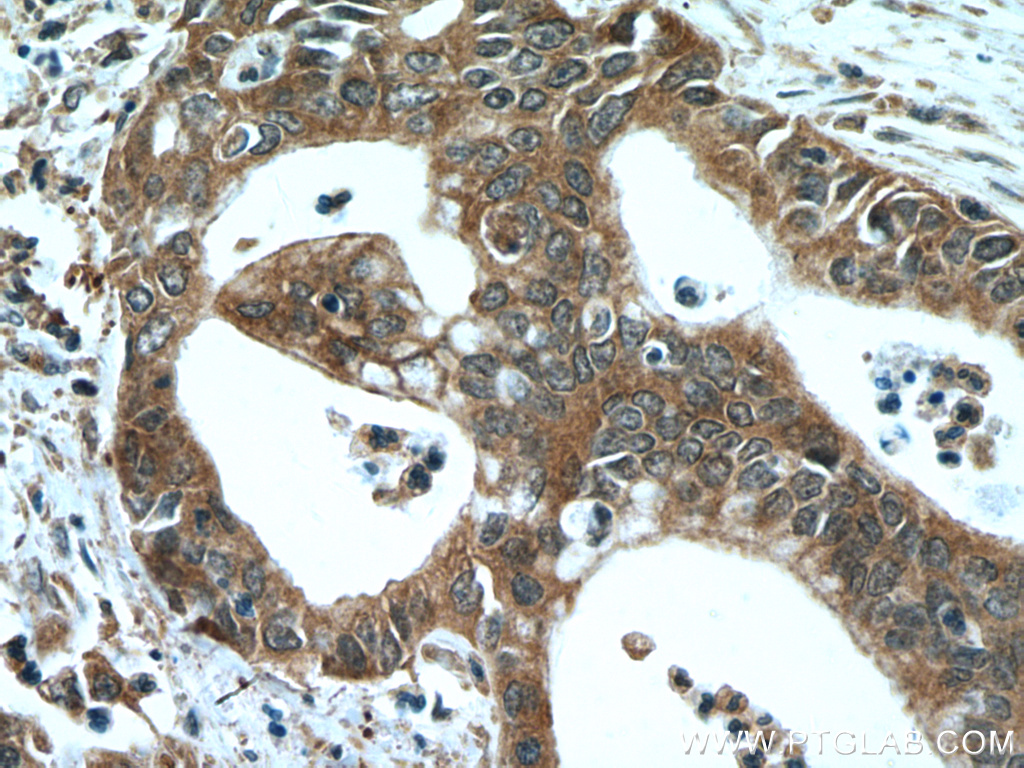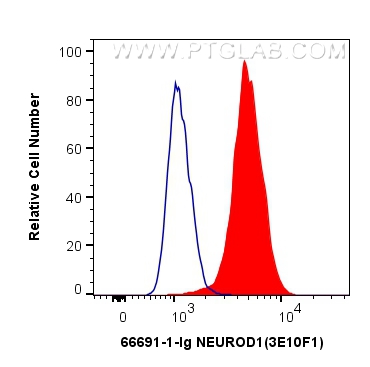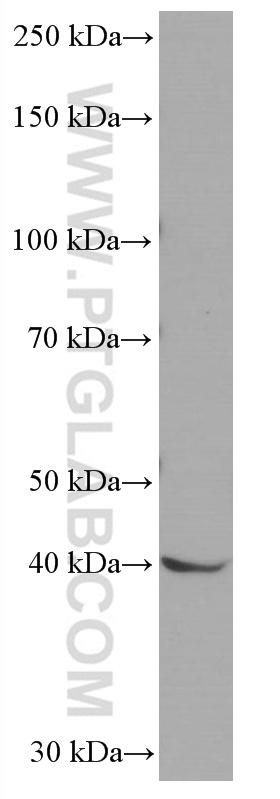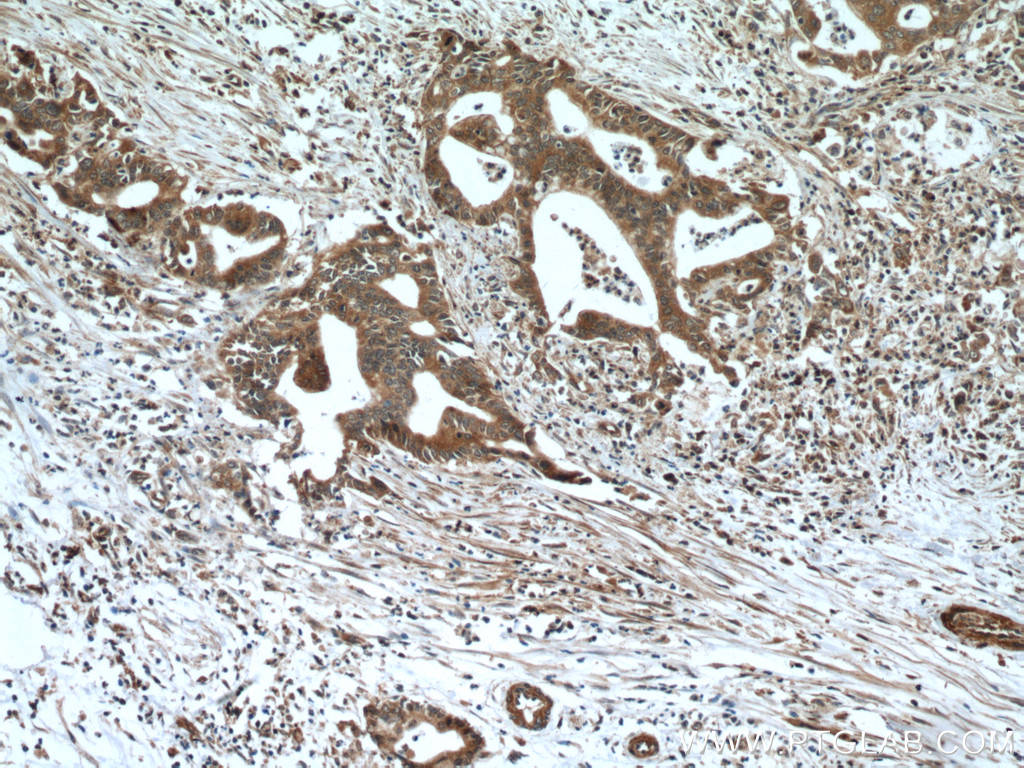验证数据展示
产品信息
66691-1-PBS targets NEUROD1 in WB, IHC, ELISA applications and shows reactivity with Human, mouse samples.
| 经测试应用 | WB, IHC, ELISA Application Description |
| 经测试反应性 | Human, mouse |
| 免疫原 | NEUROD1 fusion protein Ag27606 种属同源性预测 |
| 宿主/亚型 | Mouse / IgG1 |
| 抗体类别 | Monoclonal |
| 产品类型 | Antibody |
| 全称 | neurogenic differentiation 1 |
| 别名 | NEUROD, Class A basic helix-loop-helix protein 3, bHLHa3, 3E10F1 |
| 计算分子量 | 356 aa, 40 kDa |
| 观测分子量 | 40-50 kDa |
| GenBank蛋白编号 | BC009046 |
| 基因名称 | NEUROD1 |
| Gene ID (NCBI) | 4760 |
| RRID | AB_2882045 |
| 偶联类型 | Unconjugated |
| 形式 | Liquid |
| 纯化方式 | Protein A purification |
| UNIPROT ID | Q13562 |
| 储存缓冲液 | PBS only , pH 7.3 |
| 储存条件 | Store at -80°C. The product is shipped with ice packs. Upon receipt, store it immediately at -80°C |
背景介绍
NeuroD is a member of the basic helix-loop-helix (bHLH) family of transcription factors. The basic helix-loop-helix (bHLH) proteins are transcription factors that are required for several aspects of development, including cell type determination, terminal differentiation and sex determination. Members of the myogenic determination family, MyoD, myf5, myogenin and MRF4, all have bHLH domains.These proteins function by forming heterodimers with E-proteins and binding to the canonical E-box sequence CANNTG. Neuro D is expressed transiently in a subset of neurons in the central and peripheral nervous systems at the time of their terminal differentiation into mature neurons. Moreover, ectopic expression of Neuro D in Xenopus embryos induces premature differentiation of neuronal precursors and Neuro D can convert presumptive epidermal cells into neurons.The lack of NeuroD in the brain results in severe defects in development. Human mutations have been linked to a number of types of diabetes including type I diabetes mellitus and maturity-onset diabetes of the young. The calculated molecular weight of NEUROD1 is 39 kDa, but the modified NEUROD1 protein is about 45-50 kDa.
